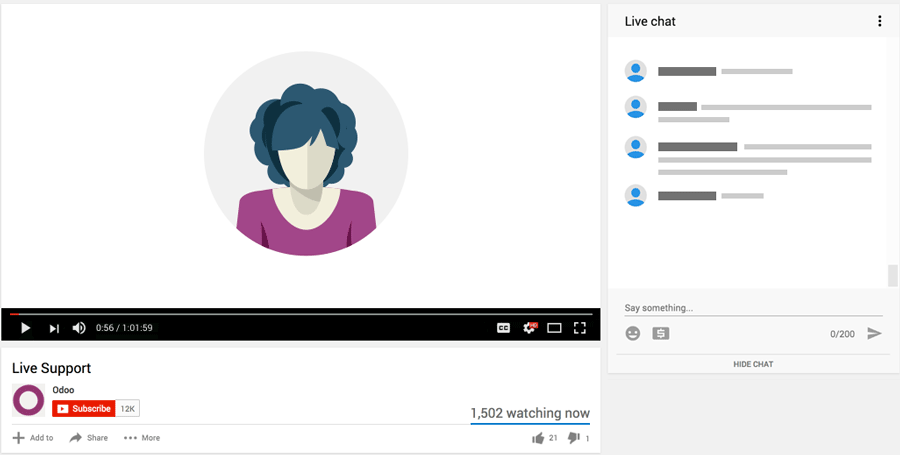(crowdsourcing) can be used in warehouse management. Crowd analysis leverages the collective intelligence of a large group of people to gather data, make predictions, and improve decision-making. Here are some ways it can be applied in warehouse settings:
1. Inventory Management and Optimization
Demand Forecasting:
Gather demand forecasts from a wide range of employees, suppliers, and customers to get accurate predictions about future demand. This information can be used to adjust inventory levels and reduce storage costs.
Tools like prediction markets, where employees bet on future demand quantities, can be effective.
2. Improving Logistical Operations
Route Planning:
Use feedback and suggestions from drivers and operators to determine the best delivery routes. This can reduce delivery time and fuel costs.
Optimizing Work Schedules:
Collecting employee suggestions regarding work schedules can help maximize workforce utilization and reduce downtime.
3. Enhancing Operational Efficiency
Collecting Performance Data:
Use technology to gather performance data from a wide range of sources. Analyzing this data can help improve operations and identify areas needing improvement.
Internal Innovation Initiatives:
Launch internal competitions to suggest ideas for improving operational efficiency, where employees from different departments can present and discuss their ideas.
4. Improving Customer Experience
Gathering Customer Feedback:
Use platforms to collect feedback and opinions from customers about products and shopping experiences. This can help improve the quality of services and products offered.
5. Supply Chain Management
Predicting Supply Issues:
Use crowd analysis to gather information about potential supply chain issues from a wide range of sources, including suppliers, employees, and logistics partners.
Risk Management:
Collect opinions and suggestions from employees and suppliers about potential risks and develop strategies to mitigate them.
6. Big Data Analysis
Using Data Analysis:
Apply crowd analysis techniques to large datasets related to inventory and logistical operations to uncover patterns and optimize processes.
Automation and Artificial Intelligence:
Use AI techniques derived from crowd analysis to automate warehouse processes such as automatic reordering of goods and inventory management.
7. Continuous Improvement
Culture of Continuous Improvement:
Encourage employees to regularly share ideas and suggestions for improving operations. Internal platforms can be created for this purpose.
In summary, using crowd analysis in warehouses can significantly enhance operational efficiency, reduce costs, and increase customer satisfaction by leveraging the collective wisdom of employees and customers.



V13 Enterprise
Did you figure this out?
Hi!
not yet...